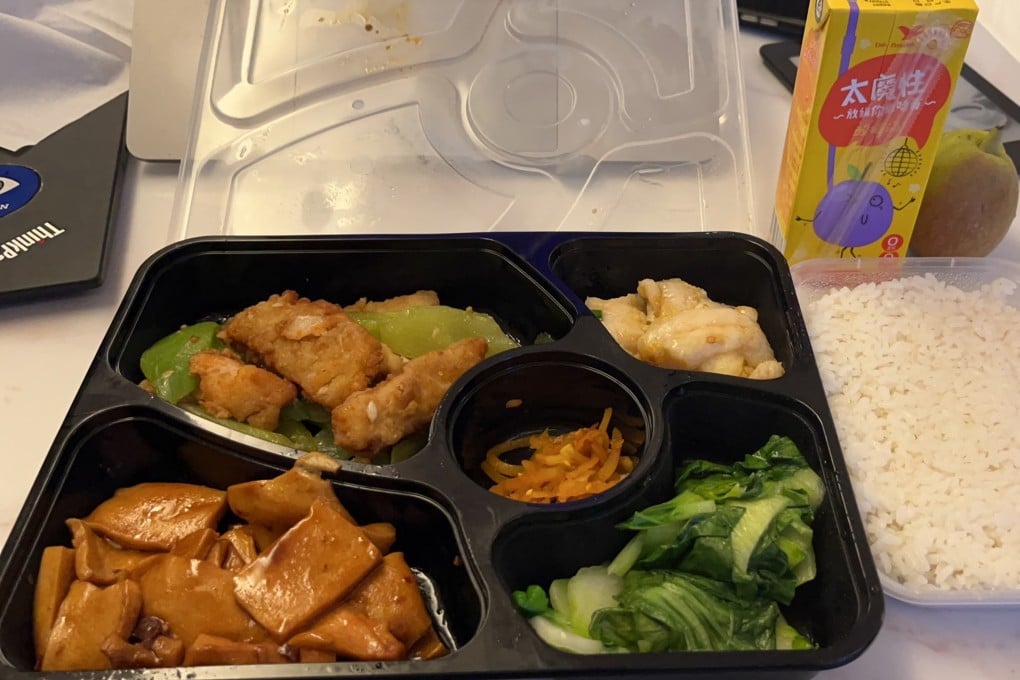China coronavirus quarantine diary: ‘28 days later, I survived the world’s longest quarantine to go home’
- China has resolutely stuck to its zero-Covid approach to dealing with the coronavirus, which differs from many countries who are moving to a ‘living with the virus’ approach
- SCMP reporter Ji Siqi decided to return to her hometown despite Shenyang having the world’s most stringent coronavirus quarantine measures for overseas travellers

Wearing the same clothes I was wearing when I set off from Hong Kong exactly a month ago, I dragged my luggage behind me and stepped out of the tiny hotel room that I had not left in the past seven days.
After 28 days in quarantine in three different hotel rooms and 10 negative nasal swab tests, I could finally go home, although I was still not completely just yet free.
My release day was March 20, the day of the spring equinox. My hometown of Shenyang had just started to be touched by a little taste of spring after two snowfalls in the past week.
The Hun River – the major waterway that bypasses the city to the south – was starting to melt, attracting wild geese.
The price, which I was willing to pay, was a 28 or 56 day ordeal, depending on how you define the word ‘ordeal’
A month ago, I had chosen to return home from Hong Kong to see my family that I had not seen for more than a year.